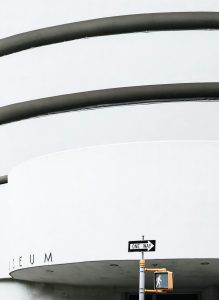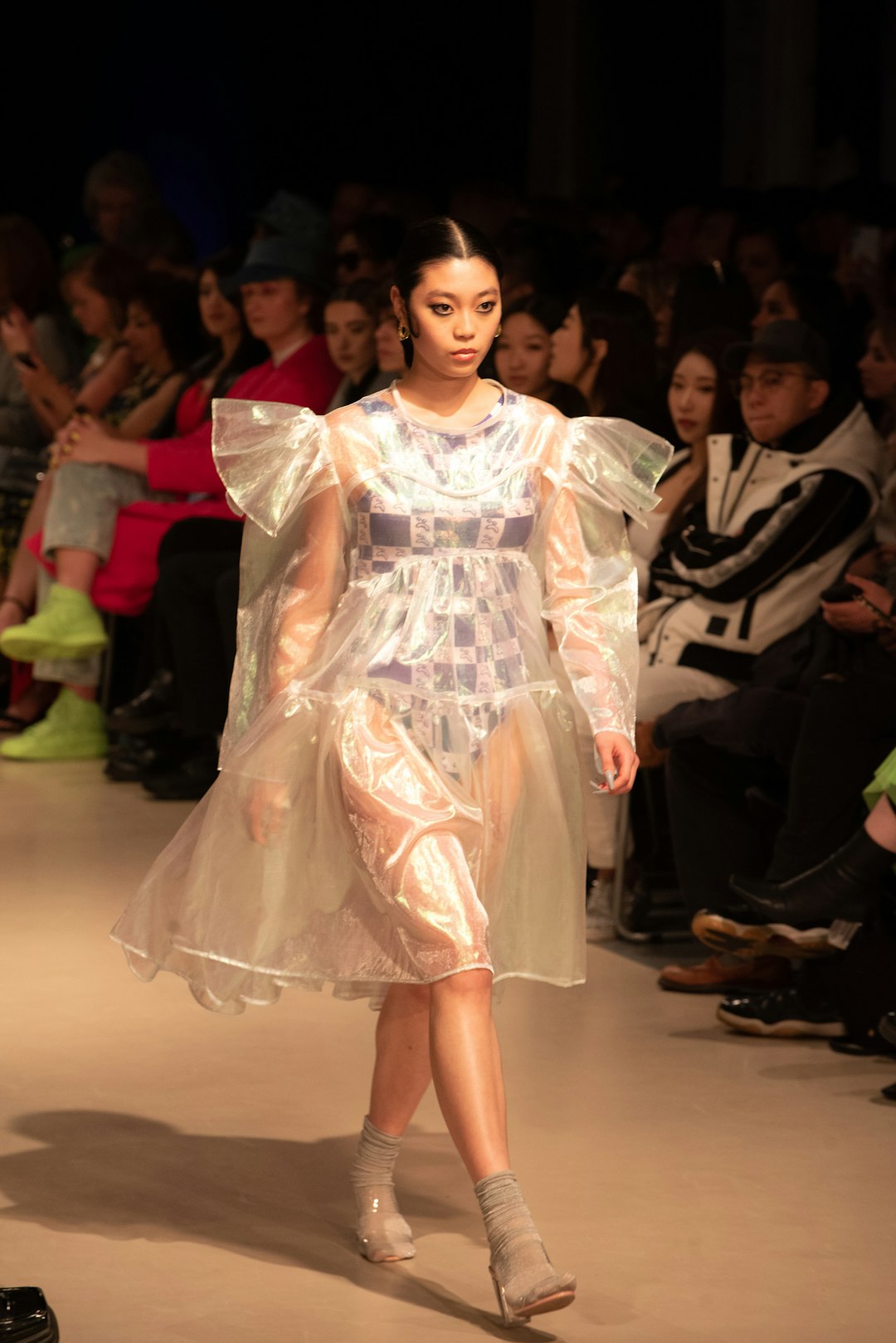
In the rapidly evolving world of film and theater, the integration of advanced technologies has dramatically reshaped how stories are told. Among these innovations, Artificial Intelligence (AI) costume technology has emerged as one of the most transformative tools in modern production design. From enhancing realism to streamlining production timelines, AI is poised to revolutionize not just how costumes are created, but also how they interact with characters, environments, and audiences.
The Rise of AI in Costume Design
Historically, costume design in both film and theater has been an art rooted in manual craftsmanship. Designers would sketch by hand, source materials, and participate in numerous fittings to perfect each outfit. While this process celebrates tradition and creativity, it often comes with time constraints and budget limitations.
AI brings a new dimension to this craft. Using machine learning algorithms and 3D modeling software, AI costume technology enables faster prototyping, smarter fabric selection, and real-time adjustments. Whether it’s for a high-powered sci-fi film or a Broadway period drama, AI enhances the ability to create costumes that are both historically accurate and cinematically striking.
Benefits of AI in Costume Technology
The benefits of utilizing AI for costume design and integration in film and theater are both wide-ranging and profound. Here are some of the most compelling advantages:
1. Enhanced Creativity and Design Innovation
AI tools help designers push the boundaries of what’s creatively possible. By feeding a system with historical data, fashion trends, and conceptual art, AI can generate a variety of design iterations quickly. This capability not only shortens the design timeline but also introduces new aesthetics and combinations that a human might not consider.
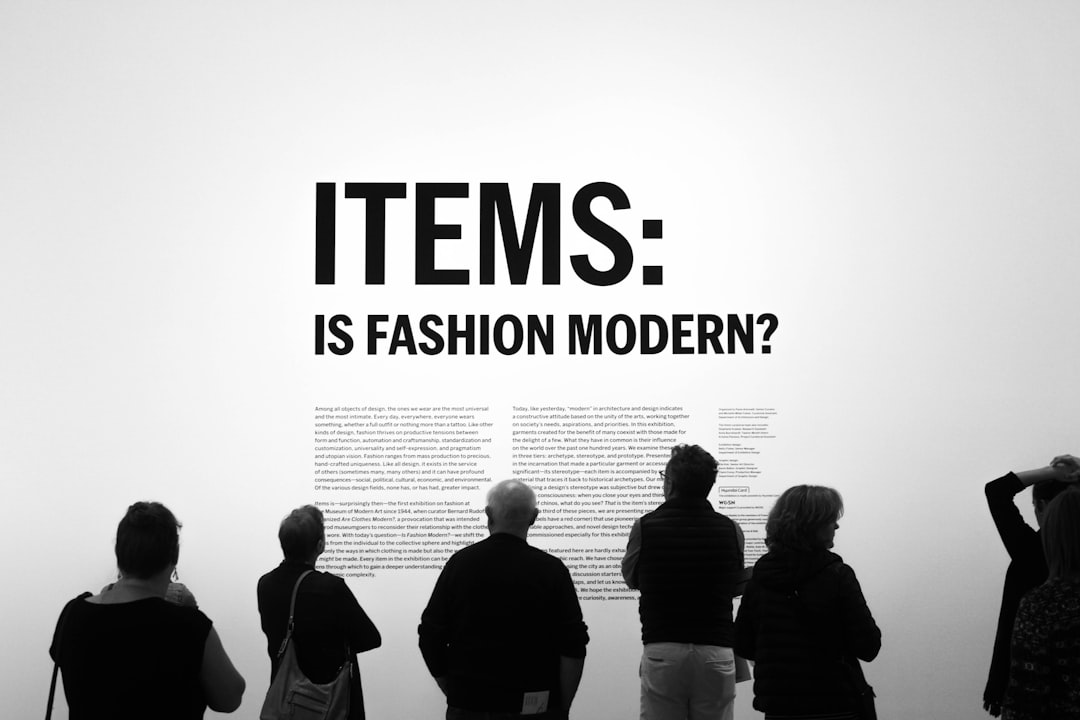
2. Increased Efficiency and Time-Saving
Traditionally, costume design and fitting processes are labor-intensive. AI-powered virtual try-ons and 3D visualization allow designers and directors to preview costumes on digital models before physically crafting anything. This significantly reduces trial-and-error and accelerates decision-making.
3. Customization for Each Performer
AI costume technology can take into account the physical measurements, movement patterns, and even temperature regulation needs of individual actors. This leads to tailor-made costumes that offer supreme comfort and fit—particularly useful for productions with action scenes or long stage performances.
4. Budget Management and Waste Reduction
AI aids in resource optimization by suggesting alternative materials, suppliers, and even adjustments in design to reduce costs. Moreover, with precise design and fit predictions, there’s less material waste and fewer discarded prototypes, making costume departments more sustainable.
5. Integration with CGI and VFX
In many modern fantasy and superhero films, costume design must align with computer-generated imagery. AI helps bridge the physical and digital worlds by generating smart costumes that can be seamlessly blended with digital effects. This leads to a more immersive viewing experience.
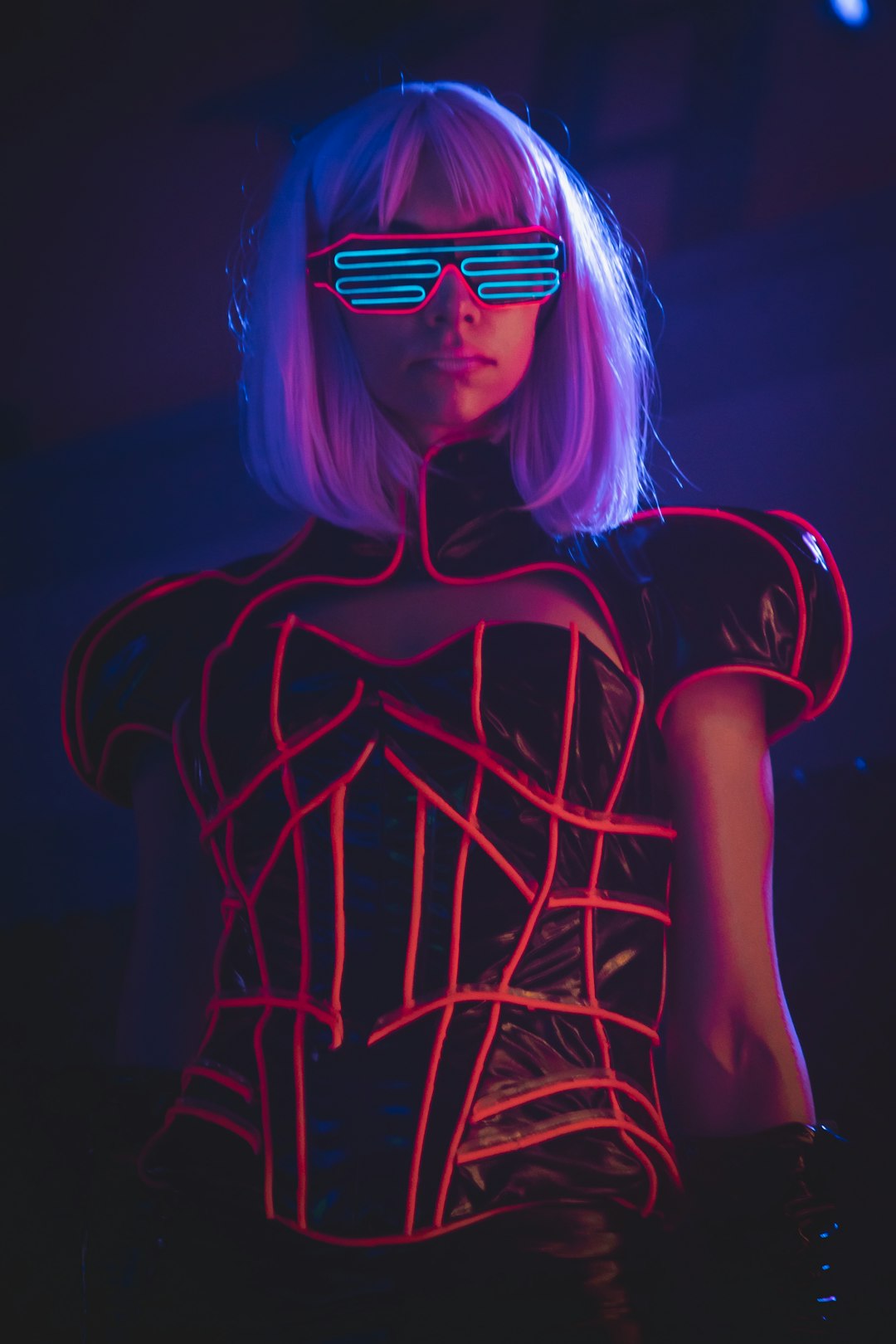
Case Studies and Real-World Applications
The use of AI in costume design is not just a concept of the future—it’s already happening in major film studios and theater productions around the globe.
- Hollywood Blockbusters: Films like Black Panther and Dune have incorporated AI-design elements, using machine learning to simulate how specific fabrics would perform on screen in terms of weight, texture, and motion.
- Theatrical Revivals: In high-end theater productions, AI tools help in reviving historic costume pieces by analyzing vintage photographs and digitized fabric samples. The AI then reconstructs the pattern designs for replication at scale.
- Virtual Production: As virtual and augmented reality take center stage, particularly in experimental theater, AI-driven costumes that respond to real-time performer inputs or audience reactions offer immersive and dynamic storytelling like never before.
The Future of AI Costume Technology
As AI continues to develop, its potential impact on costume technology becomes even more exciting. Several future trends include:
- AI-powered Wearables: Costumes embedded with AI chips could monitor performances and provide feedback in real-time, improving actor comfort and possibly aiding in motion capture.
- Script-driven Costume Generation: AI systems could scan film or theater scripts and automatically suggest costume designs, color palettes, and material types based on mood, era, and setting.
- Blockchain for Costume Authentication: To combat counterfeiting and loss, costumes designed using AI could be authenticated through blockchain technology—a particularly useful development for collectors and museums.
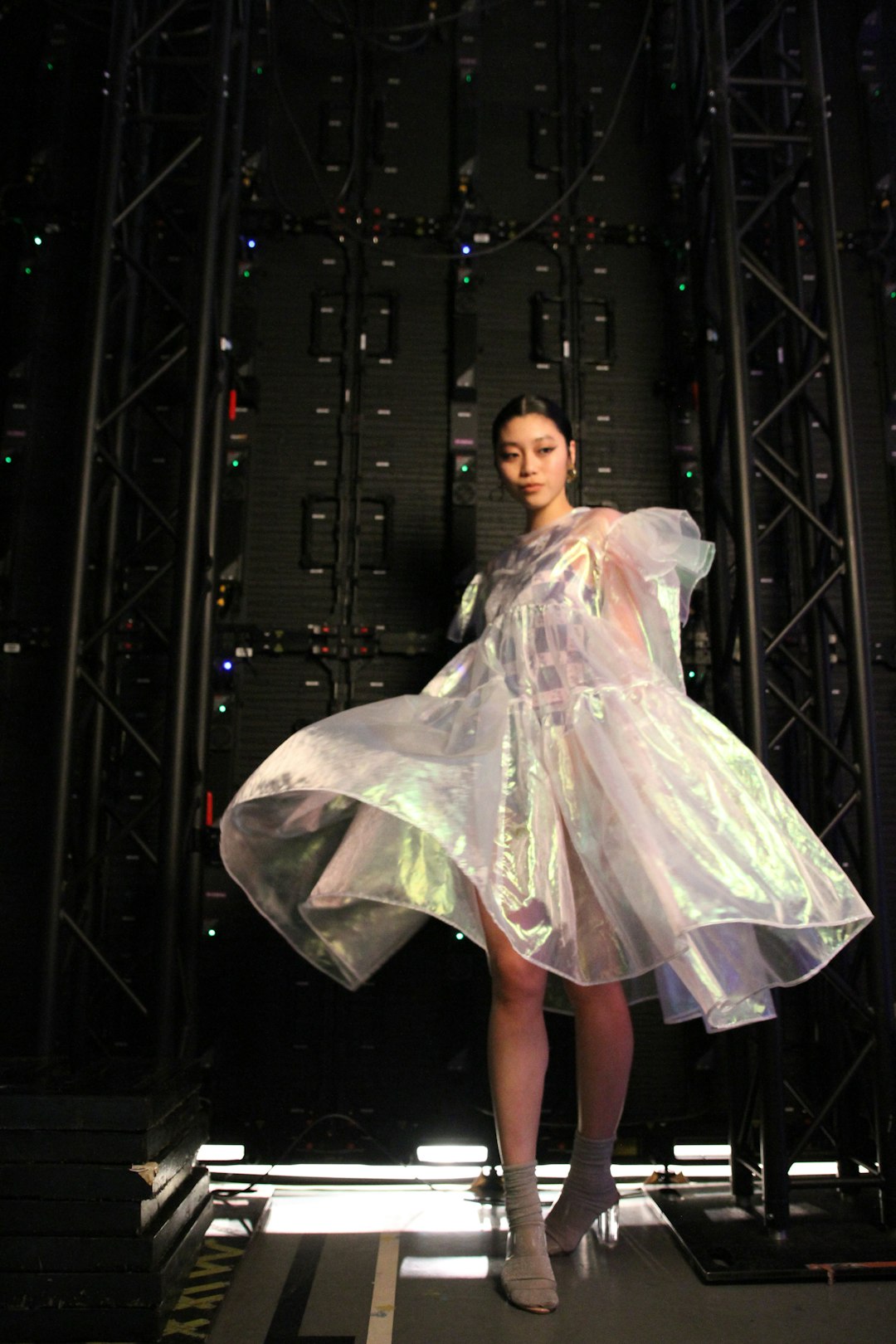
Challenges and Ethical Considerations
Despite its many benefits, there are challenges to adopting AI in costume creation. Intellectual property issues arise when AI designs are generated through datasets of existing artworks. Additionally, there’s concern that heavy reliance on technology could marginalize the role of traditional costume craftsmanship. However, most experts agree that AI is best used as a tool to augment human creativity, not replace it.
Conclusion
As technology continues to redefine artistic expression, AI costume technology stands out as a beacon of innovation in the worlds of film and theater. It empowers designers to craft visually compelling, functional, and cost-effective garments while pushing the boundaries of imagination. While ethical and logistical considerations remain, the future looks promising for creators willing to embrace AI not as a competitor, but as a collaborator in the storytelling process.
Frequently Asked Questions (FAQ)
-
Q: What exactly is AI costume technology?
A: AI costume technology involves the use of machine learning, 3D imaging, and data analytics to assist in the design, creation, and customization of costumes for film and theater. -
Q: Can AI replace traditional costume designers?
A: Not entirely. AI serves as a supplementary tool that can enhance efficiency and creativity, but human designers remain essential for aesthetic decision-making and personal touches. -
Q: Is AI costume technology expensive to implement?
A: Initial integration may require investment in software and training, but long-term benefits like time savings, reduced waste, and improved quality often outweigh the costs. -
Q: How does AI help with historical costume accuracy?
A: AI can analyze large datasets of historical garments, paintings, and documentation to generate accurate patterns and fabric suggestions for period costume recreation. -
Q: Will AI be integrated into live performances?
A: Yes. AI-driven fabrics and sensors are already being tested for live theater to enable costumes that respond to movement, lighting, or narrative developments in real time.




